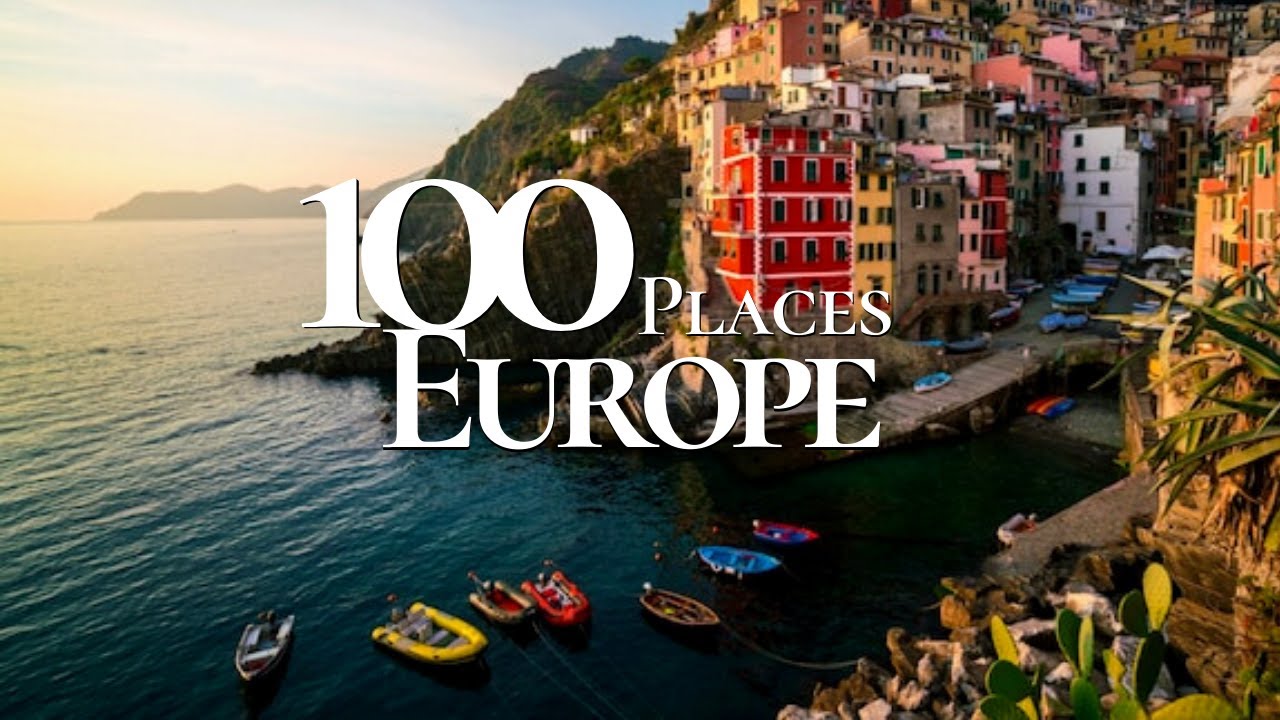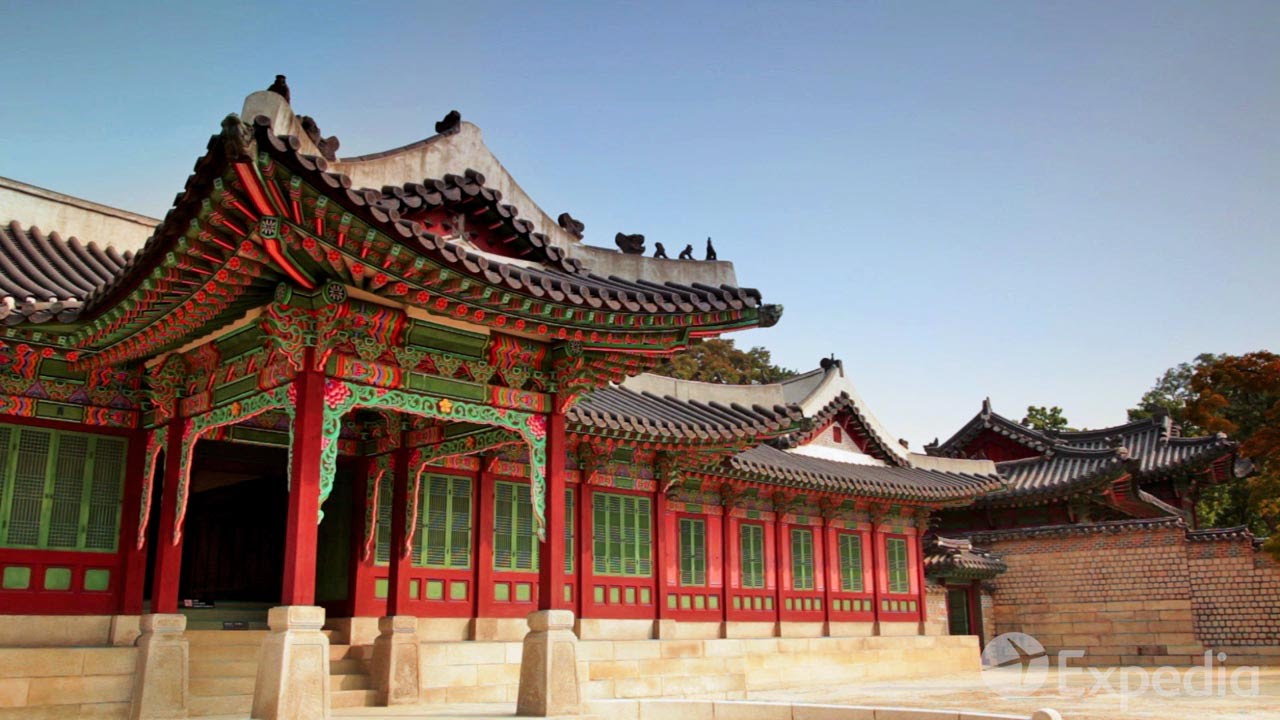St. Petersburg, Russia
The city’s 18th and 19th-century architectural ensemble and its environs is preserved in virtually unchanged form.
For various reasons (including large-scale destruction during World War II and construction of modern buildings during the postwar period in the largest historical centres of Europe), Saint Petersburg has become a unique reserve of European architectural styles of the past three centuries.
Saint Petersburg’s loss of capital city status helped it retain many of its pre-revolutionary buildings, as modern architectural ‘prestige projects’ tended to be built in Moscow; this largely prevented the rise of mid-to-late-20th century architecture and helped maintain the architectural appearance of the historic city centre.
Saint Petersburg is inscribed on the UNESCO World Heritage list as an area with 36 historical architectural complexes and around 4000 outstanding individual monuments of architecture, history and culture.
New tourist programs and sightseeing tours have been developed for those wishing to see Saint Petersburg’s cultural heritage.
The city has 221 museums, 2,000 libraries, more than 80 theatres, 100 concert organizations, 45 galleries and exhibition halls, 62 cinemas, and 80 other cultural establishments.
Every year the city hosts around 100 festivals and various competitions of art and culture, including more than 50 international ones.









